#Guyana South America
Text
It is not a Vacuum
A Seawall Image and thoughts about art and its creation.
I’ve often heard, and used, the phrase “Art is not created in a vacuum” – its true, it isn’t. I was curious recently as to the origin of the phrase, so I went looking. It’s apparently a derivation from something that was said by a film director (I am not very familiar with film directors, so forgive me) – his name was Andrei Tarkovsky, and is largely considered one of the greatest film…
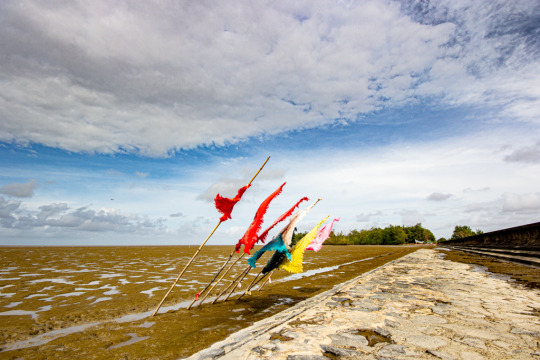
View On WordPress
#Andrei Tarkovsky#Annandale#feedback#Guyana#Guyana South America#landscape#Michael C. Lam#Michael Lam#photo#photograph#photography#ProfessorMC#South America#The Michael Lam Collection#vacuum
3 notes
·
View notes
Text
Guyana South America

The Dubai of the West, the Big Sister of the Caribbean, Home of Caricom HQ, home of the Guyana Amazon Warriors, 2023 CPL T20 Champions
1 note
·
View note
Text
Life.
My mother is 87 today.
Here we are, in the living room, spending time together, sunshine spilling through the windows, silence sitting with us. I am scribbling notes, I can hear a soft murmuring from her as she reads to herself.
Life truly is a gift. Don't let anyone fool you that you have to be doing something exciting to appreciate it.
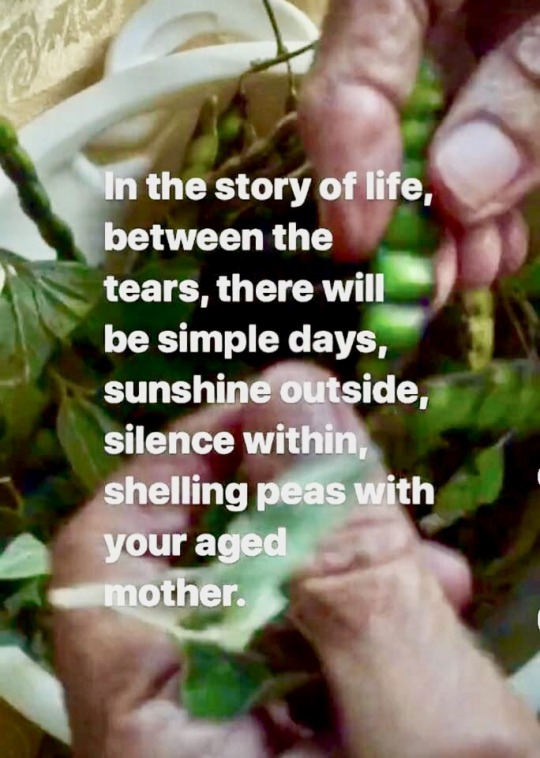
22.Sep.2023.
0 notes
Text

Arawak woman and child, Guyana, by Katherine Anya
#arawak#guyana#america#south america#folk clothing#traditional clothing#traditional fashion#cultural clothing
2K notes
·
View notes
Text
Belle Zonder Hetbeest: Video: Jonestown: The Life and Death of Peoples Temple
Source:The New Democrat
Forget about the Manson Crime Family when it comes to cults, because at the end of the day, the Manson Family was a family of criminals but Jonestown was a cult that ended horribly with several hundred people, if not more, murdered by their leader, a paranoid dictator/terrorist, Jim Jones. This was a real cult, a group of Americans lost inside the United States, the…
View On WordPress
#Guyana South America#Jim Jones#Jonestown#Life and Death of the People&039;s Temple#The People&039;s Temple
0 notes
Text
okay, let’s try this again, shall we?
Roblog for more people to see! ^^
#poll#tumblr polls#polls#south america#argentina#bolivia#brazil#chile#colombia#ecuador#guyana#paraguay#peru#suriname#uruguay#venezuela
741 notes
·
View notes
Text
Please reblog for a larger sample size!
If you know history and curiosities of Guyana, please tell us and I'll share!
99 notes
·
View notes
Text
Venezuela is about to invade and annex most of Guyana (a country that is 40% Indian, 30% black, 10% native and 20% mixed race) and like most people on here are gonna be blindsided by it and then are gonna try to support Venezuela because "Socialism" or whatever
72 notes
·
View notes
Text
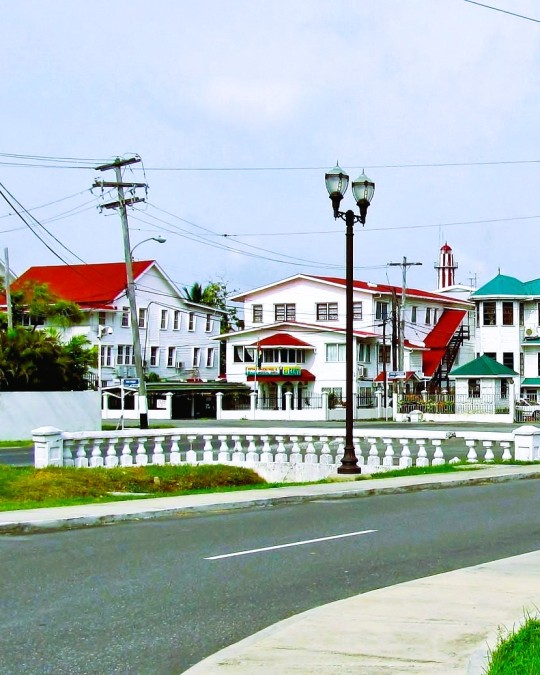
Kingston, Georgetown, Guyana: Kingston is a former village in Demerara. In 1837, it became a ward of Georgetown. The ward is located along the Atlantic Ocean coast. Kingston is home to many landmarks and historic buildings
24 notes
·
View notes
Text

Beterverwagting, Guyana
13 notes
·
View notes
Text
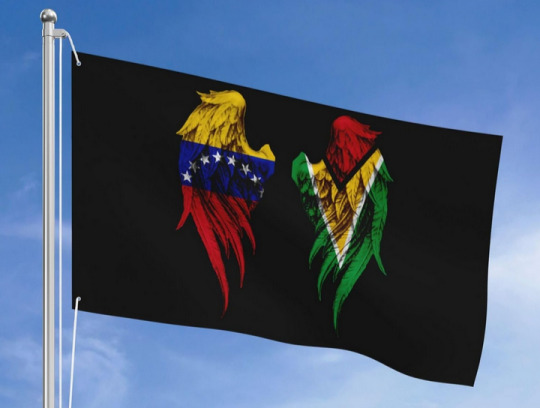
🇻🇪🇬🇾 VENEZUELA HOLDS REFERENDUM TO REASSERT ITS CLAIM TO GUYANA ESSEQUIBO
The Venezuelan Government held a national referendum Sunday to reassert its claim to the lands of Guyana Essequibo, reigniting geopolitical tensions in the region decades in the making.
The Guyana Essequibo region is part of the legacy of the British Empire, and is a region the Monroe Doctrinaires placed firmly in the US sphere of influence that today is dominated by the corporate interests of US oil giant Exxon Mobile.
The government of Guyana issues licenses to Exxon Mobile to drill and process petroleum products off Guyana's shores in an arrangement that the native inhabitants are none-too-happy with.
In Guyana, only 25% of oil profits remain in-country, and a poor system of redistribution has left the country's inhabitants with the lowest Human Development Index in South America, while extreme poverty affects 35.1% of the population.
In this way, Exxon Mobile has become the chief player in this century-old territorial dispute between Guyana and Venezuela.
Even internally, Guyana has major complaints with Exxon Mobile as an imperial extension of the US ruling class, with huge court battles coming to head in recent months against the giant domineering US corporation.
According to a recent article about just such a court battle, The Intercept's Amy Westervelt wrote:
"In Guyana, it’s become hard to distinguish where the oil company ends and the government begins. Exxon executives join the Guyanese president in his suite at cricket matches, and the vice president regularly hosts press conferences to defend the oil company."
The territorial dispute goes back to an 1890's International decision on the location of the borders of what was then British Guyana, a cruel colonial outpost of the British Empire.
At the time, the burgeoning US empire backed Venezuela's claims, a country which the US ruling class was trying to turn into a colony of its own, and were saying the lands in question should be a part of Venezuela, while the British wanted it to be part of its Guyana colony.
A Russian arbitrator, whom many Venezuelan historians believe to have been bribed by the British, ruled in favor of the British Empire's claim.
The territory made up 2/3rds of the territory of Guyana, and as long as the British held their colony, the Venezuelans could do little to change the situation.
In 1966, an agreement was reached to begin negotiations between Guyana and Venezuela to revisit the Essequibo territorial claims, however those negotiations never made any progress and the situation is coming to head now, many decades later.
The UN Secretary General, Antonio Guitierrez, recently referred the matter to the International Court of Justice in the Hague, however the Venezuelan government has no faith in the institution, believing (correctly) that it is merely an extension of Western geopolitical power.
And so, today the Venezuelan government is holding a referendum to reassert its claim to the Guyana Essequibo territory and that they reject any decisions by International institutions to reward Guyana's claims.
#source1
#source2
#source3
#source4
@WorkerSolidarityNews
#venezuela#venezuela news#guyana#guyana news#guyana essequibo#territorial dispute#south america#south america news#south american news#south american politics#politics#geopolitics#news#world news#global news#international news#international affairs#international law#international institutions#united nations#international court of justice#socialist politics#political analysis#political opinion#global politics#international politics#war#wars#war news#war update
16 notes
·
View notes
Text
Mash 2023
Children's Mashramani Parade 2023
Its unlikely that I’d be going out to the main Mashramani float and band parade this year, but I do enjoy seeing the Children’s Mashramani Parade (that would more accurately be the schools parade)
I’ve processed images taken last Saturday at that parade, if you click on the graphic below it will take you to the Gallery with the images (at time of publication all images had not uploaded, it was…

View On WordPress
#2023#Children&039;s Mashramani Parade#Guyana#Guyana South America#Kids#mash#Mashramani#Michael C. Lam#Michael Lam#parade#photo#photograph#photography#ProfessorMC#South America#The Michael Lam Collection
3 notes
·
View notes
Text
Population: 118,363
7 notes
·
View notes
Text
My apologies to the dog food man.
Mr. Dog Food Man! I send you my deepest, most sincere, humblest humble apologies. You de Maaan, Mr. Dog Food Man!!
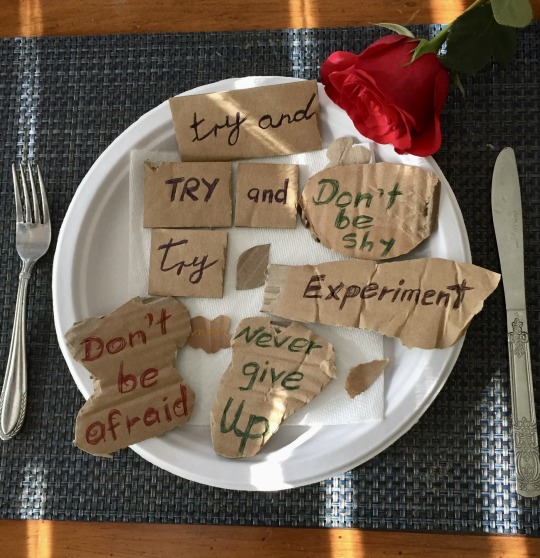
Dear Traveller passing by, you can sip your coffee or tea or ice-cold drink and rest whilst reading THIS STORY HERE. I promise you will feel refreshed.
0 notes
Text

Palikur people, French Guyana, by Ronan Liétar
#palikur#french guyana#south america#america#folk clothing#traditional clothing#traditional fashion#cultural clothing
191 notes
·
View notes
Text
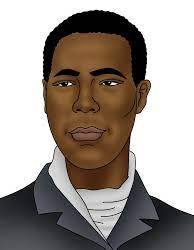


John Edmonstone: the man who taught Darwin taxidermy
By James McNish
John Edmonstone was a former enslaved man who taught the young Charles Darwin the skill of taxidermy. This skill helped Darwin preserve the birds that fermented his ideas about evolution.
Many African people's contributions to science are hidden from history and we have to reconstruct their stories from the margins of more famous naturalists' lives.
One such intriguing figure is John Edmonstone. A former enslaved person from Guyana, John was living in Edinburgh when he met a young Charles Darwin and taught him the skill of taxidermy. This was fundamental to Darwin's ability to preserve the specimens he collected on his five-year voyage on the Beagle.
Though we only have scant details on Edmonstone's life, what we know reveals that he was a talented and respected taxidermist and naturalist.
Edmonstone in Guyana
John Edmonstone was enslaved on a timber plantation in Demerara (now part of Guyana), South America, owned by Scotsman Charles Edmonstone (hence John's surname - his birth name remains unknown).
The eccentric naturalist Charles Waterton (whose family also enslaved people) visited Charles Edmonstone's plantation a number of times on his travels through Guyana.
Waterton had developed new methods to preserve bird skins, which he taught to John, who accompanied him on some collecting expeditions. Despite Waterton believing that John 'had poor abilities, and it required much time and patience to drive anything into him', Darwin's later recollections of John's skill seems to contradict this assessment.
Edmonstone in Scotland
Plantation owner Charles Edmonstone returned to Scotland in 1817 and John came with him. Although we don't know if John was already free when he arrived, he would have become a free man on entering Scotland. Owning slaves was banned in Scotland in 1778 following the case of James Knight.
At first, John lived in Glasgow. By 1824 he was in Edinburgh, making a living for himself working for the University of Edinburgh's zoological museum and living at 37 Lothian Street.
Edmonstone and Darwin
Darwin went to Edinburgh in 1825 when he was 16 to study medicine, but he didn't really enjoy the subject and only stayed for two years. While there, he did grow his interest in natural history, attending talks and undertaking his own investigations.
Darwin's lodgings were at 11 Lothian Street, near Edmonstone's. Darwin hired Edmonstone to give him private lessons. Though in a letter to his sister it seems price was the main initial motivator: 'I am going to learn to stuff birds, from a blackamoor I believe an old servant of Dr Duncan: it has the recommendation of cheapness, if it has nothing else', Darwin later mentioned in his autobiography:
'A negro lived in Edinburgh, who had travelled with Waterton, and gained his livelihood by stuffing birds, which he did excellently: he gave me lessons for payment, and I used often to sit with him, for he was a very pleasant and intelligent man.'
Edmonstone charged Darwin one guinea for an hour every day for two months. As well as the time spent on instruction, the two must have conversed on the natural history Edmonstone knew first-hand from South America.
Darwin's preserved bird specimens
Thanks to Edmonstone's teachings, Darwin's preservation skills were put to great use during his voyage on the Beagle (1831-1836). Of the many specimens Darwin collected, almost 500 were bird skins. The Museum holds nearly 200 of these.

Specimens of Galapagos mockingbirds, collected by Charles Darwin
We can't be sure that Darwin himself prepared all the bird skins, since specimen preparation was something that was carried out collectively on the Beagle. However, the skills that Darwin learnt from Edmonstone would have been passed down to his assistants.
A life in the margins
There are scant details of Edmonstone's later life. We know he was still living in Edinburgh in 1833 and had moved to 6 South St David Street.
We can only speculate as to the effect his story had on the young Darwin. His accounts of South America must certainly have been inspiring to Darwin. Did Edmonstone help form Darwin's abolitionist viewpoint? We know from his journals from the Beagle that Darwin noticed cruel acts during the voyage which he found repugnant.
In 2009, a plaque was unveiled in his memory on Lothian Street, although it has since disappeared. But awareness of Edmonstone has grown in recent years and we can hope that his story, and that of other African people contributing to the study of natural history, continues to be told.
#john edmonstone#african#afrakan#kemetic dreams#brownskin#afrakans#africans#brown skin#african culture#guyana#darwin#charles darwin#science#taxidermy#scotland#south america
104 notes
·
View notes